BLOGS
Bridging Opportunity and Impact: How Skilltrade, Detroit at Work, and Focus: HOPE are Redefining Healthcare Training in Detroit
Healthcare systems in Detroit and across the country are feeling the pressure to hire skilled professionals who can hit the ground running. But what happens when the people who want to fill those roles face barriers like a lack of access, support, or flexible training options?
Skilltrade, Detroit at Work, and Focus: HOPE have formed a powerful three-way partnership to answer that question with action. Together, they've launched a 20-week Certified Clinical Medical Assistant (CCMA) Program built specifically to serve Detroit residents, meet the needs of local healthcare employers, and create a model that could scale across Michigan and beyond.
Celebrating Women's History Month: Investing in Michigan’s Workforce & Economic Future
March is Women's History Month, a time to honor the achievements, resilience, and contributions of women who have shaped Michigan’s economy, workforce, and communities. At Michigan Works!, we recognize that investing in women is investing in the future of our state. By expanding workforce development opportunities, breaking down employment barriers, and fostering economic growth, we can continue building a more inclusive, prosperous Michigan.
Celebrating Career and Technical Education Month: Bridging Talent and Opportunity
Every February, we celebrate Career and Technical Education (CTE) Month, a time dedicated to recognizing the importance of CTE programs and the impact they have on Michigan’s workforce.
Celebrating National Apprenticeship Week: Building Michigan’s Workforce of Tomorrow
As we celebrate the 10th annual National Apprenticeship Week from November 17-23, it’s a perfect time to recognize the impact that apprenticeships have on Michigan’s workforce.
Honoring Our Veterans Through Workforce Support
As Veterans Day approaches, it’s a time to reflect on the sacrifices our servicemen and women have made for our country. But honoring veterans goes beyond ceremonies and speeches—it means taking real action to support them as they transition back to civilian life.
The Importance of Participating in National Disability Employment Awareness Month
At Michigan Works! Association, we believe that creating a diverse and inclusive workforce is vital to the success of our communities and businesses. One of the key aspects of this inclusivity is ensuring that individuals with disabilities are not just included, but empowered to thrive in the workplace.
Reflecting on a Successful Michigan Works! Annual Conference
As we wrap up an incredible week at the Michigan Works! Annual Conference in Traverse City, I want to take a moment to reflect on the success of this event and express my heartfelt gratitude to everyone who made it possible.
Celebrating Youth Employment Month in Michigan
June is Youth Employment Month, a dedicated time to celebrate the achievements and potential of Michigan’s youngest workers.
Boosting Michigan's Workforce
Since 2014, Michigan’s Going PRO Talent Fund has helped tens of thousands of workers and businesses harmonize to strengthen our state’s economy. Now’s the time for our lawmakers to push this initiative forward still further, by adding $20 million to existing Going PRO resources in FY 2025.
Impact Awards 2024: Celebrating Michigan’s amazing workforce development achievements
The annual Michigan Works! Impact Awards were held recently in Heritage Hall at the Michigan State Capitol. Every year we gather for this event to highlight the efforts of employees, organizations, and our very own Michigan Works! agency staff who contribute to the success of the lives of Michiganders.
Celebrating the women leaders across the Michigan Works! system who are pulling others up behind them
Women’s History Month is the acknowledgment and celebration of contributions women have made over time, both in the workplace and to our culture. It’s a chance to reflect on women who lead the way for change.
Q&A with Stiegler EdTech Co-Founder & COO Pasha Maher
Ryan Hundt, CEO of the Michigan Works! Association, had a chance to connect with Stiegler EdTech founding partner and COO, Pasha Maher, as the organization plans for a spring launch of its cohort in Detroit.
Interview with BASF HR Specialist Gabriel McDonald
Ryan Hunt, CEO, Michigan Works! Association was recently able to sit down with Gabriel McDonald with BASF Corporation to learn more about how his company views Registered Apprenticeships, and how he continues to utilize the expertise of the Michigan Works! network to support his workforce goals.
Q&A with Michigan Works! West Central’s Executive Director Shelly Keene
Michigan Works! Association CEO Ryan Hundt recently sat down with Michigan Works! West Central’s Executive Directory Shelly Keene to learn more about the integral role her organization played in the company’s ultimate decision to locate the project in Big Rapids.
Advancing a New Normal
As a society we are using terms like post-pandemic and now that things are normal. We use these phrases to celebrate our physical and emotional survival of the pandemic. However, the economy and operational environment for the hospitality industry has not survived, in fact, the current situation is extremely challenging.
June is Youth Employment Month
As much as we talk about the labor force participation rate in today’s worker-friendly labor market, the good news is that almost all young adults – 98.6 percent – hold at least one job between the ages of 18 to 25.




















